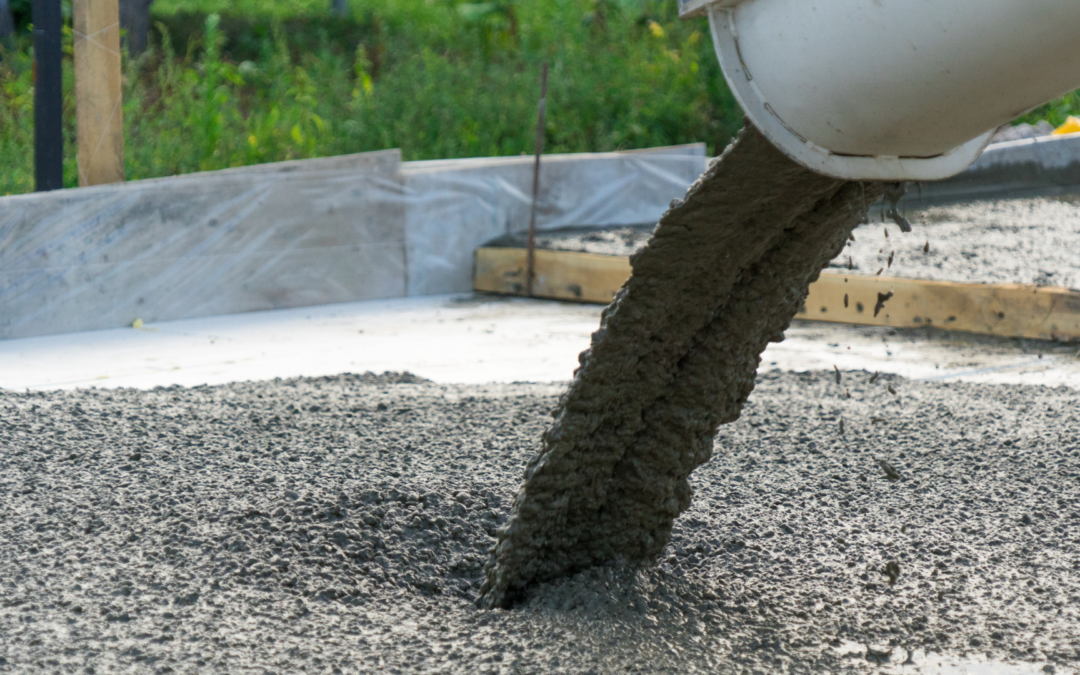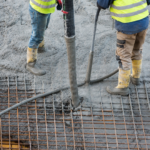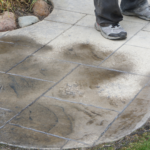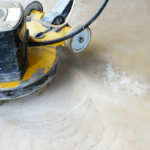Pouring concrete might seem like an intimidating task, but with the right guidance and understanding, anyone can master it. Whether you’re a DIY enthusiast or a budding construction professional, this post is tailored to equip you with essential knowledge and practical tips on concrete pouring. We’ll cover everything from the basic principles to advanced techniques, ensuring you can achieve a flawless foundation.
Understanding the Basics of Concrete Pouring
Concrete pouring involves several critical steps, starting with understanding the components of the concrete itself. It’s a mixture of cement, water, and aggregates (such as sand, gravel, or crushed stone). The key to a successful pour lies in the correct ratio of these ingredients, ensuring a durable and strong finish.
Selecting the Right Materials
Choosing the right materials is crucial for a successful pour. High-quality cement, clean water, and well-graded aggregates will ensure your concrete mix is robust and long-lasting. Don’t forget to factor in any additional elements like reinforcement bars (rebar) that might be necessary for added strength.
Preparing the Site
Before any concrete is poured, proper site preparation is essential. This involves clearing the area of debris, ensuring the ground is level, and setting up forms that will hold the concrete in place. Proper site preparation ensures a smooth and even pour, reducing the risk of cracks and other issues later on.
Importance of Formwork
Formwork is a temporary structure used to contain and shape the concrete until it hardens. It’s crucial to ensure formwork is strong and secure to prevent any leaks or structural failures during the pour. Using high-quality materials for formwork can save time and cost by reducing the need for repairs or adjustments.
Mixing Your Concrete
Mixing concrete can be done manually or with a concrete mixer. The latter is recommended for larger projects to ensure a consistent mix. The ideal consistency is neither too wet nor too dry – it should have a smooth, workable texture. Over-mixing or under-mixing can lead to weak spots and potential failure points in the finished product.
Timing Your Pour
Timing is everything in concrete pouring. You need to pour and finish the concrete within a specific time frame to prevent it from setting too quickly or too slowly. This involves coordinating the delivery of materials, preparing the site, and having all tools and equipment ready before starting the pour.
Pouring Techniques
There are various techniques for pouring concrete, depending on the project size and requirements. For large slabs, it’s often done in sections to manage the material more effectively. Regardless of the technique, ensuring even distribution and avoiding air pockets is crucial for a solid, uniform finish.
Leveling and Smoothing
Once the concrete is poured, it needs to be leveled and smoothed out. This can be done using screeding tools and trowels. Proper leveling ensures the surface is even and ready for finishing touches, while smoothing helps to remove any imperfections and prepare the concrete for curing.
Curing the Concrete
Curing is a vital step that allows the concrete to reach its maximum strength. This involves keeping the concrete moist and at a stable temperature for several days after pouring. Proper curing prevents cracks and increases the durability of the finished product.
Finishing Touches
After the initial curing period, you can apply finishing touches to the concrete. This might include adding texture, applying sealants, or cutting joints to control cracking. These final steps enhance the appearance and longevity of the concrete surface.
Common Mistakes to Avoid
Even with the best preparation, common mistakes can occur during concrete pouring. Some of these include using the wrong mix proportions, neglecting proper curing, or failing to compact the concrete adequately. Being aware of these pitfalls can help you avoid them and ensure a successful project.
Tools and Equipment You’ll Need
Having the right tools and equipment is essential for any concrete pouring project. This includes concrete mixers, trowels, screeding tools, and protective gear. Investing in quality tools can make the process smoother and result in a better-finished product.
Reach Out to Greensboro Concrete Services Today
Proper concrete pouring requires careful preparation, the right materials and equipment, and attention to detail. With the knowledge gained from this guide, you can confidently take on your next project knowing that you have the necessary skills and understanding to achieve a professional finish.
However, if you want to ensure the best results for your concrete project, consider reaching out to Greensboro Concrete Services today. Our team of experienced professionals has the expertise and resources to handle all your concrete needs. From site preparation to finishing touches, we will work with you every step of the way to deliver high-quality results that exceed your expectations.
Contact us now to learn more about our services and how we can help you with your concrete pouring needs.






